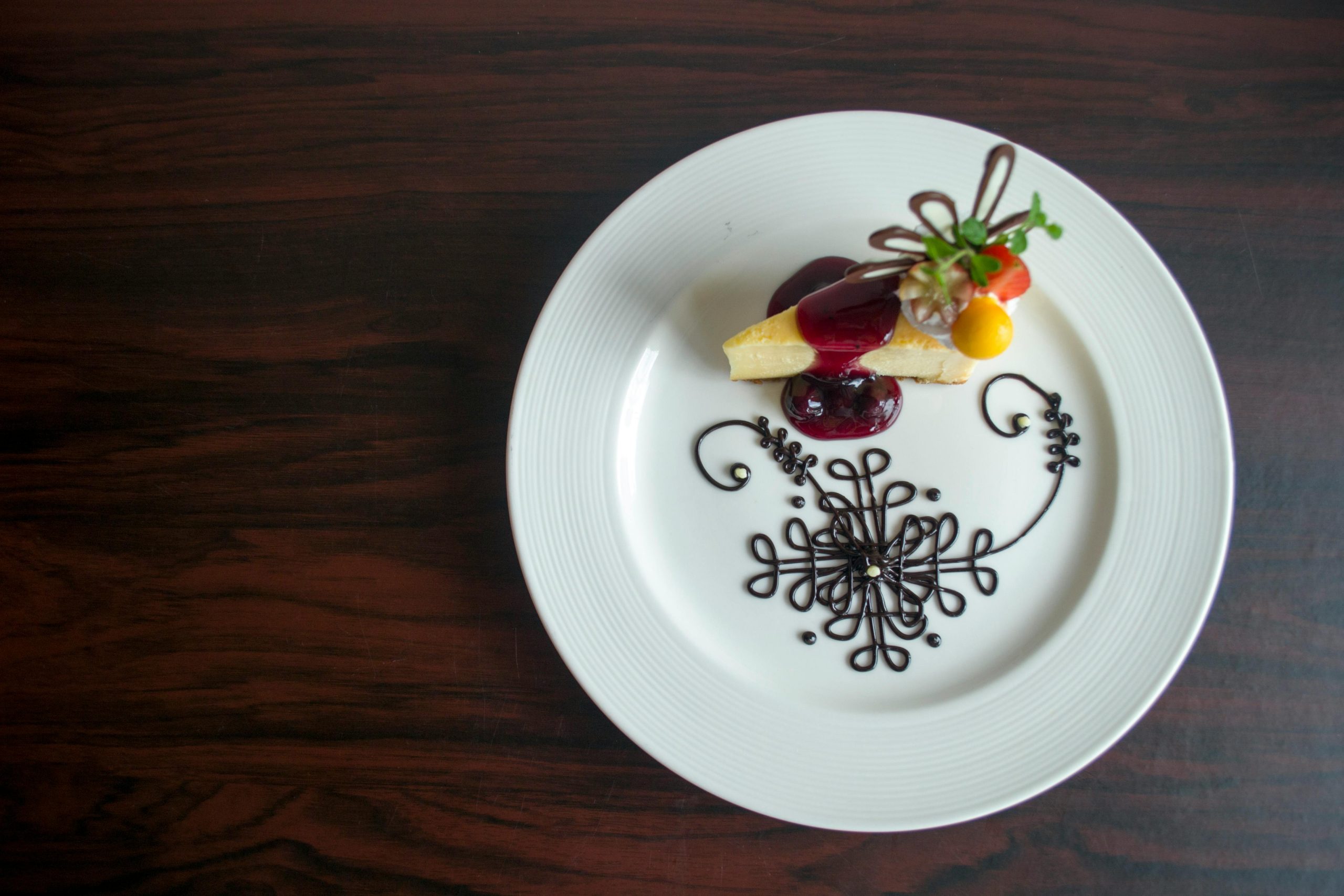Table of Contents
- Introduction to Modern Culinary Artistry
- Molecular Gastronomy: Science on a Plate
- Fermentation: An Ancient Technique with Modern Appeal
- Sous Vide Cooking: Precision and Consistency
- The Art of Plating: A Visual Feast
- Farm-to-Table Movement: Freshness Redefined
- Pairing Food with Wine: An Unforgettable Symphony
- Conclusion: A New Era of Culinary Wonder
Introduction to Modern Culinary Artistry
In today’s culinary landscape, dining has transcended the mere act of eating to satisfy hunger. It has evolved into an experience that engages and delights all the senses. Modern restaurants are embracing techniques that were once thought to be the realm of science fiction. This trend is about more than just food; it’s about the sensory journey that begins before a plate reaches the table.
The fusion of creativity and science marks a new chapter in cooking. These modern techniques enable chefs to explore flavors and textures in unprecedented ways. With an inventive blend of ingredients and artistry, today’s culinary endeavors promise to tantalize your taste buds and stimulate your mind. Let’s delve into some transformative techniques reshaping dining experiences, offering exquisite taste and extraordinary presentation.
Molecular Gastronomy: Science on a Plate
Molecular gastronomy combines the precision of chemistry with the passion of cooking, creating dishes as wondrous as delicious. These innovations, such as offering the convenience of parking lot pick-up food Napa CA a blend of haute cuisine accessibility. Techniques like spherification—where liquids become encapsulated in gel-like spheres—challenge our understanding of what food can be. Conversely, the process allows liquids to assume unexpected forms, enhancing the sensory experience. According to Scientific American, this innovative approach pushes the boundaries of flavor and presentation, encouraging chefs and diners alike to rethink culinary possibilities.
Chefs adept in this technique transform traditional dishes into theatrical presentations, creating a dynamic dining experience that engages curiosity and emotion. Whether it’s a burst of unexpected flavor or a surprising texture, molecular gastronomy is about more than perfecting a dish—it’s about storytelling through food, leaving diners both satisfied and amazed by the world of science on their plates.
Fermentation: An Ancient Technique with Modern Appeal
Fermentation is an age-old culinary technique that has experienced a revival in modern kitchens. Known for its capacity to introduce complex flavors and myriad health benefits, fermentation transforms simple ingredients into intricate offerings. Foods like kimchi, kombucha, and artisanal cheeses stand out for their taste and rich probiotic content, which supports gut health and overall well-being.
The ancient art of fermentation offers a unique way to enhance recipes with a touch of the old world. By reintroducing fermented elements into modern menus, chefs are awakening culinary traditions and opening up dialogues about food’s connection to culture and health. This renaissance positions fermentation as a preservation method and an invitation to explore bold flavors that have stood the test of time.
Sous Vide Cooking: Precision and Consistency
Sous vide is a revolutionary cooking technique celebrated for its precision and ability to provide consistent results. It involves cooking food sealed in vacuum bags at precise temperatures in a water bath. This controlled setting ensures that meats and vegetables reach an exact level of doneness without losing their natural juices and flavors. Insights from Serious Eats affirm that sous vide cooking enhances flavor profile while guaranteeing impeccable texture, which traditional methods may struggle to achieve.
Sous vide has become a staple in many fine dining establishments, where reliability in serving perfectly cooked dishes is a standard expectation. Its precision allows chefs to maintain the integrity of delicate ingredients, offering diners consistency in their culinary experience. This technique stands as a testament to the power of technology in the kitchen, meeting the ever-evolving standards of culinary excellence.
The Art of Plating: A Visual Feast
The presentation of food, often referred to as the art of plating, plays a critical role in the dining experience. First impressions are visual, and a well-arranged plate can evoke excitement before the first taste. Innovative plating techniques involve strategically placing ingredients, using colorful sauces, and even integrating edible flowers for aesthetic enhancement.
This visual artistry transforms meals into storytelling events, each element on the plate contributing to a narrative. The careful consideration and creativity put into plating can illuminate a dish’s complexity, inviting diners to partake in the flavors and visual journey. It sets the stage for a sensory symphony, where taste and aesthetics combine to make each meal memorable.
Farm-to-Table Movement: Freshness Redefined
The farm-to-table movement has become a beacon for sustainability and quality in dining. It focuses on acquiring ingredients from local sources, ensuring utmost freshness while supporting local economies. This approach drastically reduces the carbon footprint associated with food transportation and guarantees that dishes reflect seasonal availability.
Advocates of the farm-to-table movement highlight the direct connection between the land and the plate, emphasizing respect for food origins and nutritional integrity. Restaurants committed to this philosophy often offer rotating seasonal menus that celebrate the richness and diversity of local harvests. Diners can expect a spectrum of flavors that vividly portray the ingredients’ journey from farm to table, creating ethical and delicious meals.
Pairing Food with Wine: An Unforgettable Symphony
The harmonious pairing of food and wine is an art form that can elevate any dining experience. It involves balancing flavor, texture, and aroma nuances to create a well-rounded and rewarding experience for the palate. While there are classic pairings such as red wine with red meat or white wine with fish, the art lies in experimenting within and outside these traditional boundaries to find delightful combinations.
When pairing it with food, culinary guides, and sommeliers emphasize the importance of considering wine’s structure, acidity, sweetness, and tannins. Successful pairings create synergy, enhancing the depth and complexity of the food and wine. As the craft evolves, diners are encouraged to explore and enjoy the spectacular interplay of taste and sophistication, unlocking new dimensions in their culinary journeys.
Conclusion: A New Era of Culinary Wonder
The evolution of culinary techniques continues to invigorate and enrich the dining experience. By weaving creative innovation with tradition, these methods not only tantalize the senses but also educate and entertain. As culinary landscapes broaden, diners are invited to embark on journeys of wonder, celebrating the infinite possibilities food offers and experiencing the beauty of cuisines worldwide.




